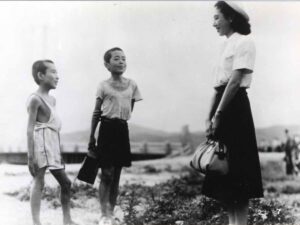From Nosferatu (1922) to We Need To Talk About Kevin (2011), these are the best movies on Tubi TV.
Tubi TV has a simple user interface that allows you to easily navigate through its great volume of film collection. The free streaming platform requires no sign-in. Click and play a film right on the home page. There’s a wide variety of English language and foreign films. Tubi has also neatly categorized its collections under ‘Award winners & Nominees’, ‘Cult Classics’, etc. From classic movies to independent hidden gems from world cinema, there is something for everyone on the platform.
Whether you’re in the mood for an action-packed adventure or a horror thriller, Tubi has a ton of options. Quickly then, here’s our pick of some of the best movies on Tubi TV. These were streaming as of March 15, 2023:
Best Movies on Tubi
1. We Need To Talk About Kevin (2011)
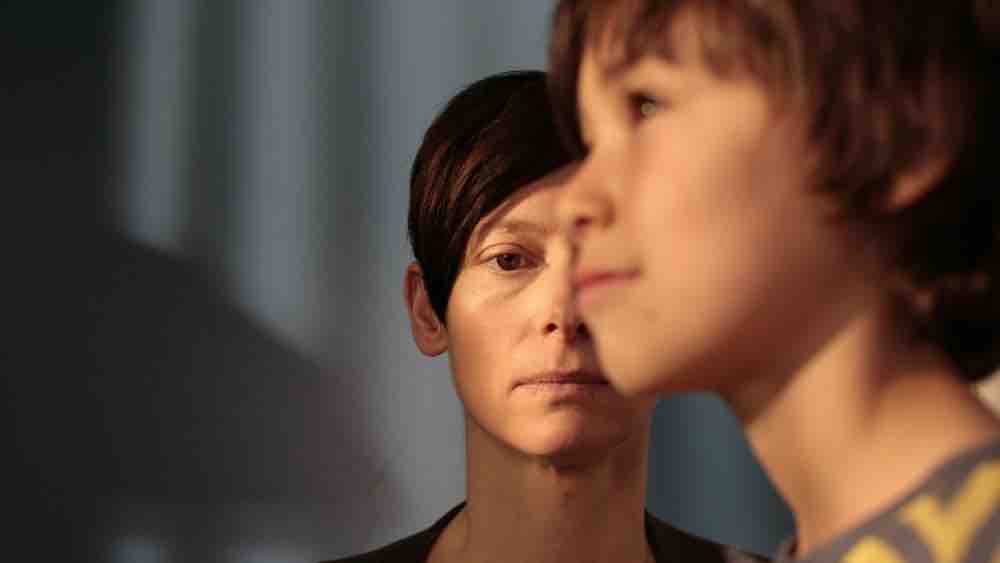
We Need to Talk About Kevin is a haunting and thought-provoking film that explores the complex relationship between a mother and her sociopathic son. Tilda Swinton delivers a powerful performance as Eva, a woman struggling to come to terms with the devastating actions of her son, Kevin, brilliantly portrayed by Ezra Miller. The film’s non-linear narrative, expertly directed by Lynne Ramsay, adds to the sense of unease and dread that permeates the story.
The use of color and sound contributes to the film’s overall atmosphere, creating a sense of foreboding and tension throughout. We Need to Talk About Kevin is not an easy film to watch, but it is a powerful and deeply affecting exploration of guilt, grief, and the complexities of motherhood.
2. Nosferatu (1922)

F.W. Murnau’s vampire fable was the unauthorized adaptation of Bram Stoker’s 1897 novel Dracula. The silent masterpiece became one of the pivotal films in the history of horror cinema. Many credit the film for featuring the first jump scare, and for crafting the first memorable movie monster. Played to perfection by Max Schreck, the iconic Count Orlok looks more animal than human. In fact, the gaunt, spindly features of the actor led to the story that Murnau cast a real vampire for the movie.
Apart from Schreck’s eerie presence, Murnau’s meticulous use of shadows and silhouettes to convey a sense of horror was groundbreaking for its time. The Cabinet of Dr. Caligari – often credited as the first horror cinema – was also memorable expressionist cinema. But it was largely confined to sets, unlike the real-world locations in Nosferatu. The filmmaker was also best known for his innovative use of negative space to create tension within the scene. Furthermore, the script written by Henrik Galeen cleverly equated the vampire menace with the 1919 Influenza pandemic.
3. The Lady Vanishes (1938)
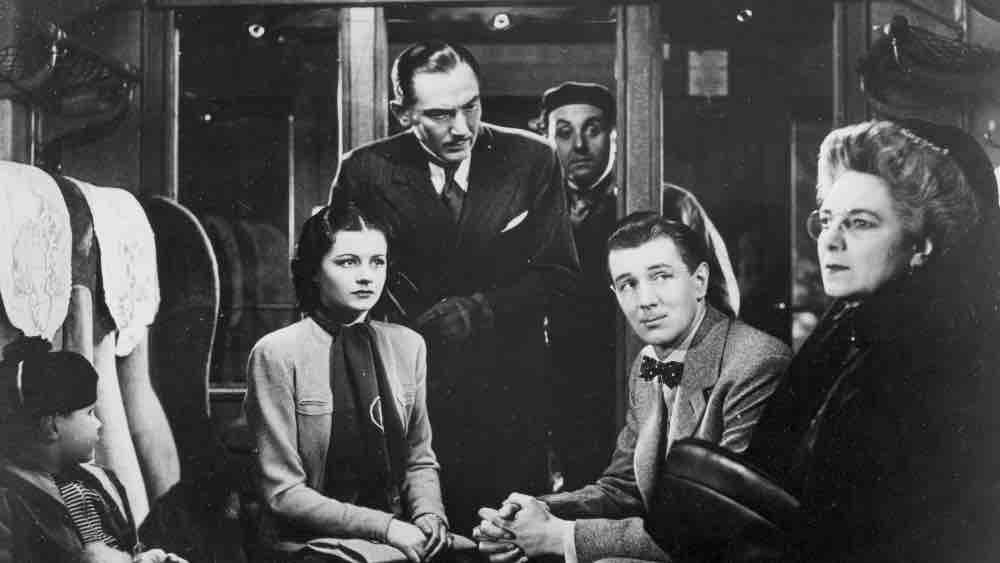
The Lady Vanishes is Alfred Hitchcock’s penultimate British film before his move to Hollywood. This spy thriller made in the wake of fascism brought international attention to the master of suspense. Classic Hitchcockian elements like gaslighting, and mistaken identity are present in this tale as well.
The film opens in an Austrian hotel with a group of people waiting for their train. The key characters are Gilbert, a whimsical collector of old folk songs from Switzerland. There’s Iris Henderson, a rich young woman on her way home. Then there’s the elderly and genial Miss Froy who goes missing and no one remembers seeing her in the train except Iris.
The Lady Vanishes features plenty of strong Hitchcockian moments, especially the exciting gunfight in the climax. Hitchcock’s best films have a brilliant sense of rhythm, which subtly deliver suspense. The Lady Vanishes is a supreme achievement that way. The sophisticated thriller is also a light-hearted satire on Britain’s dilemma in taking a stance against Hitler’s Germany.
4. Stagecoach (1939)

Stagecoach was the great American filmmaker John Ford’s first Western of the talkie era. The film not only transformed the career of then-little-known actor John Wayne, but also rejuvenated the Western genre. Filmmaker and film historian Peter Bogdanovich hailed Stagecoach as the ‘first adult Western’ for the depth with which the visuals and the characters were presented.
The plot is simple. It follows a disparate group of people who find themselves on a stagecoach for different reasons. After establishing the characters and their dynamics within the limited space, we get to see John Wayne’s The Ringo Kid. He’s escaped from jail and is on a mission of revenge.
The Native Americans as usual are portrayed as enemies and as terrifying scalp-hunters. Yet from a cinematic standpoint, Ford’s aesthetic sense and staging of action set-pieces influenced a generation of filmmakers. Ford’s use of deep-focus technique particularly inspired Orson Welles, who used it more extensively and innovatively in Citizen Kane (1941).
5. Notorious (1946)

Though Alfred Hitchcock made masterpieces like Rear Window (1954), Vertigo (1958) and Psycho (1960), many critics consider Notorious (1946) the finest film in his career. The master’s impeccable eye for staging and details is present here. But what makes Notorious distinct among Hitchcock’s oeuvre is the thematic depth. He offers a singular vision of love while also exploring themes like sex, duty, and hatred.
The sensual and expressive Ingrid Bergman plays the central character Alicia, whose father is imprisoned for being a Nazi spy. Alicia then meets Devlin, a charming intelligent agent (played by Cary Grant). He talks her into work for their department.
Things get complicated when both get romantically entangled while they head off on a mission to Mexico in order to trap a Nazi sympathizer. Though Notorious sounds like a simplistic romantic thriller, its brilliant and subtle take on love comes alive due to Hitchcock’s supreme style. His bravura camera movements and expressionistic techniques still retain the power to stun us.
6. Stray Dog (1949)
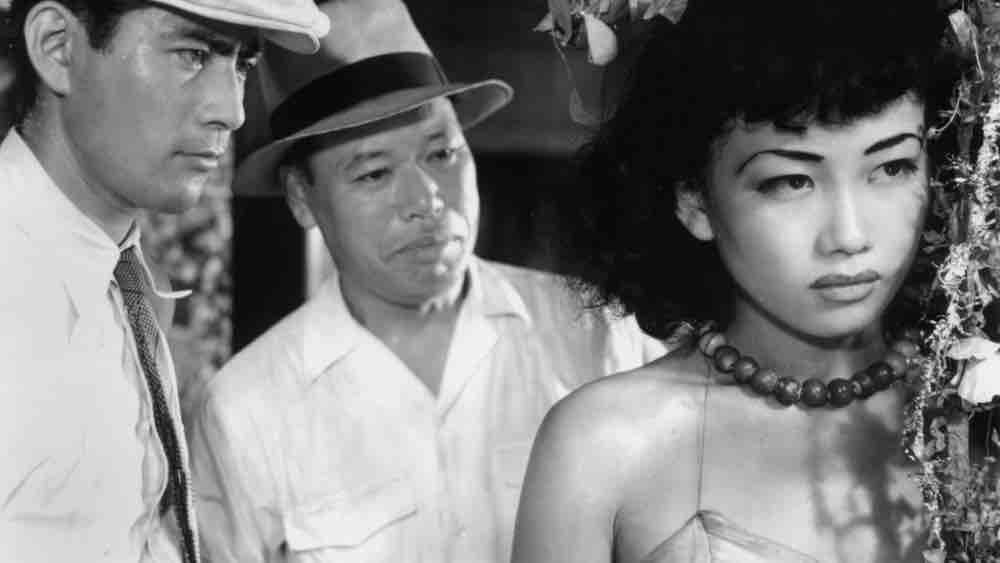
Japanese auteur Akira Kurosawa is hailed as a master filmmaker for many reasons. One among them was his uncanny ability to use weather as a plot element. In his 1949 cop thriller Stray Dog, heat is a significant plot device. One can even argue that heat is the primary antagonist in the narrative. The film is set in the hottest summer in the war-ravaged Japanese society, which is plagued by food shortages and rising crime rates. Toshiro Mifune plays a rookie detective whose sidearm is stolen on a bus ride home. The search for the lost weapon takes him into Tokyo’s underbelly.
Kurosawa’s direction is quite fascinating as he takes a simple story to explore the changes and stagnation in the society. Most importantly, he makes us strongly feel the humid atmosphere, that constantly adds to the tension. Some of the montage and juxtapositions used in the film are way ahead of their time. The standout among them was the long yet admirable montage of Mifune’s character walking the streets of Tokyo.
7. Children of Hiroshima (1952)
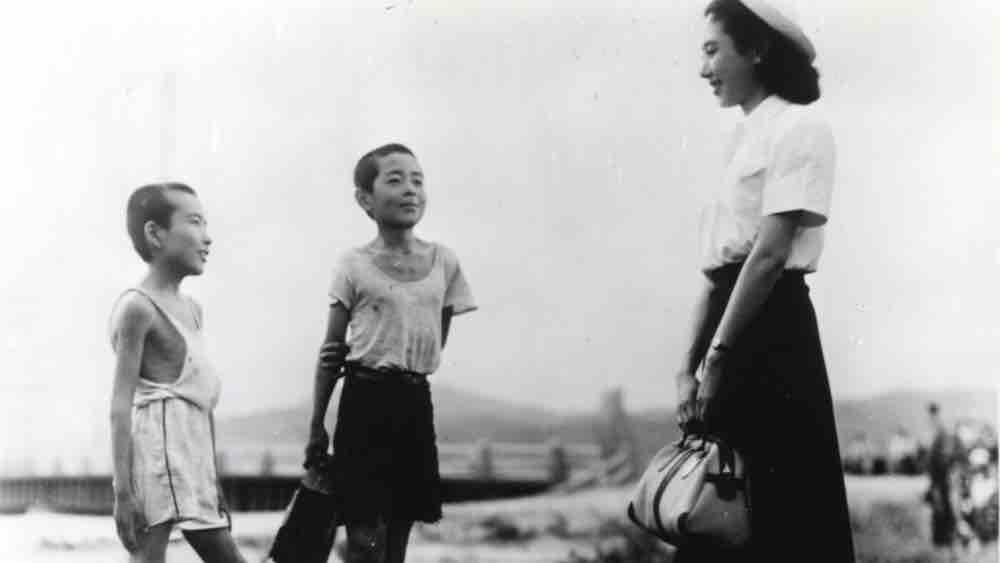
Kaneto Shindo’s emotional drama was one of the first films to deal with the subject of the nuclear attack on Hiroshima. The film was released a year after the American occupation of Japan ended. Without pointing fingers, Shindo explores the social problems in post-war Japan and conveys the collective anguish of the afflicted.
Children of Hiroshima opens with a powerful vignette on the morning of August 6, 1945 with the visuals of the humdrum of daily life quickly replaced by war-torn imagery. The narrative largely follows Takako, a young elementary school teacher who decides to visit her home in Hiroshima. Her family has died in the atom bomb. Takako has once worked as a kindergarten teacher in Hiroshima. During the trip, she looks for the surviving children. The film is a haunting tear-jerker that strongly showcases the costs of war. Shindo’s approach is didactic at times. Nevertheless, this is an important visual document of that time and era.
8. Stalag 17 (1953)

Hollywood has made some great Prisoners of War dramas. The Bridge on River Kwai (1957) and The Great Escape (1963). Billy Wilder’s outstanding feature on this subject is an intriguing mix of humor and high-stakes drama. Stalag 17 revolves around a bunch of sweaty, temperamental American soldiers, confined to the barracks of a German POW camp.
Couple of prisoners who attempt an escape are caught by the German soldiers waiting on the other side. Everyone suspects a traitor in their group. In fact, the suspicion largely falls on our misanthropic protagonist Sgt. Sefton (played by William Holden who won an Oscar).
Stalag 17 has a thrilling storyline. But its biggest strength is comedy which showcases the prisoners’ escape plan in a cleverly entertaining manner. It’s also a wonderful ensemble drama with director Otto Preminger playing the notorious commandant of the prison camp.
9. Birdman of Alcatraz (1962)
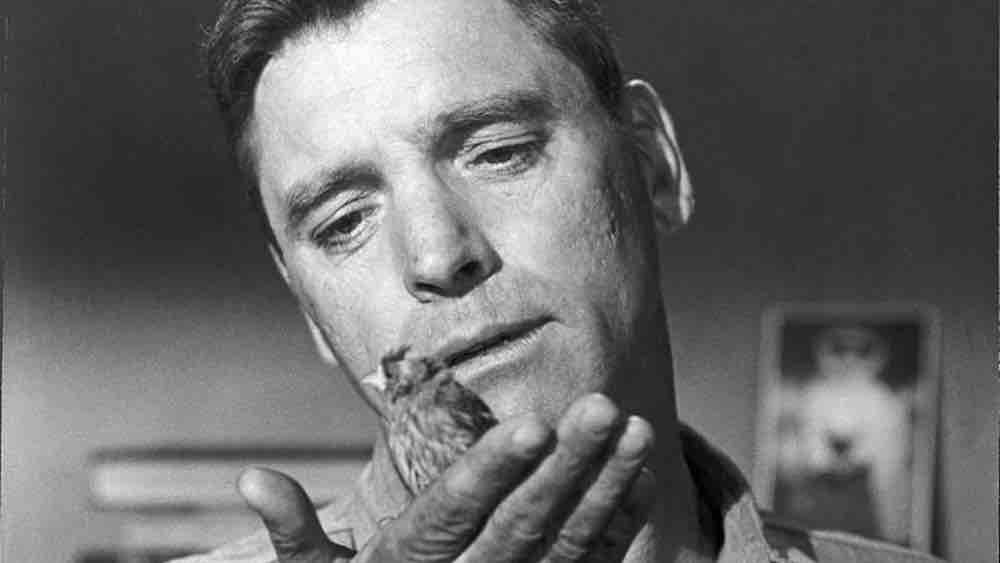
John Frankenheimer’s Birdman of Alcatraz is an oddly fascinating prison drama that raises pertinent questions on the subject of punishment and reformation. It tells the remarkable true story of a federal prison inmate. The film revolves around Robert Stroud, who is sentenced to death for a double murder. His execution is stayed on appeals, but the prison governor holds Stroud in solitary confinement.
The story then takes us through five decades of Stroud’s incarceration as the murderer gradually turns into an expert in caring and raising birds. This was a passion project for actor Burt Lancaster whose low-key performance in the central role elevates the narrative.
Birdman of Alcatraz occasionally veers towards melodramatic. But it largely poses a significant question about the workings of the penal system. Is unmitigated punishment the only solution to abolish criminality? Or is there a space for rehabilitation in the prison system? John Frankenheimer’s direction is extremely engaging as he sticks very close to Stroud’s experiences and slow transformations.
10. Night of the Living Dead (1968)
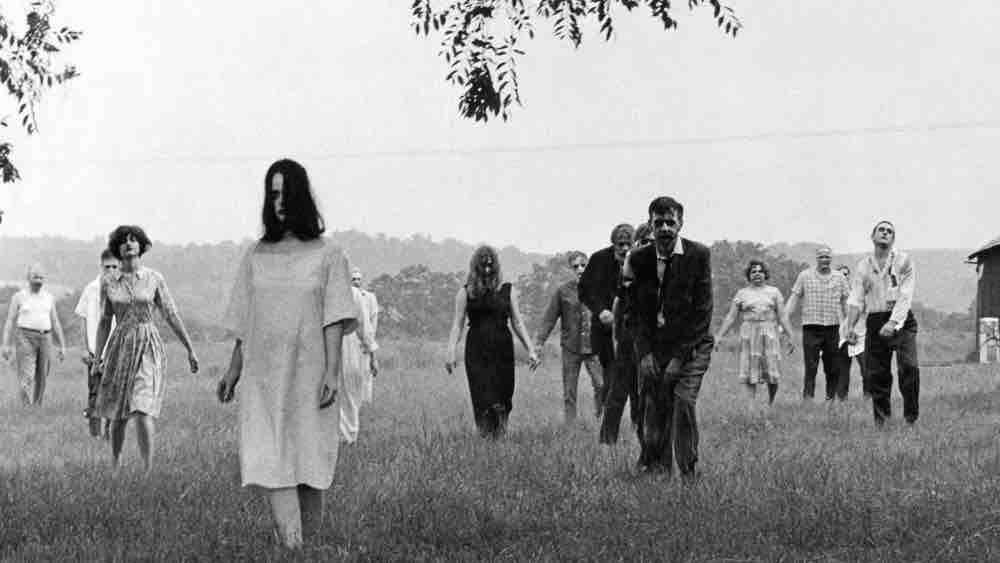
In 1968, Pittsburgh-based George A Romero started a production company with his fellow filmmaking friends. They worked with a budget of $114,000 and took upon roles on and off the camera. The result was a black-and-white horror movie which many agree has influenced modern horror cinema. Or at least Night of the Living Dead can be emphatically called as the father of modern Zombie cinema.
It begins with a woman named Barbara going to the cemetery with her brother to pay respect on her father’s grave. Barbara’s brother is suddenly attacked by a sickly-man. She runs to a nearby isolated house and as the night falls, the undead keep growing in numbers.
Though the zombie folklore has been previously evoked in Hollywood horror dramas like White Zombie (1932) and I Walked with a Zombie (1943), Romero saw the potential for social commentary in zombies. Here, the zombies became the allegory for violence and social tensions in Vietnam War-era America. Romero creates a menacing claustrophobic atmosphere on a shoestring budget.
The sequel Dawn of the Dead (1978) was an entertaining allegory on consumerism.
11. Eros + Massacre (1969)
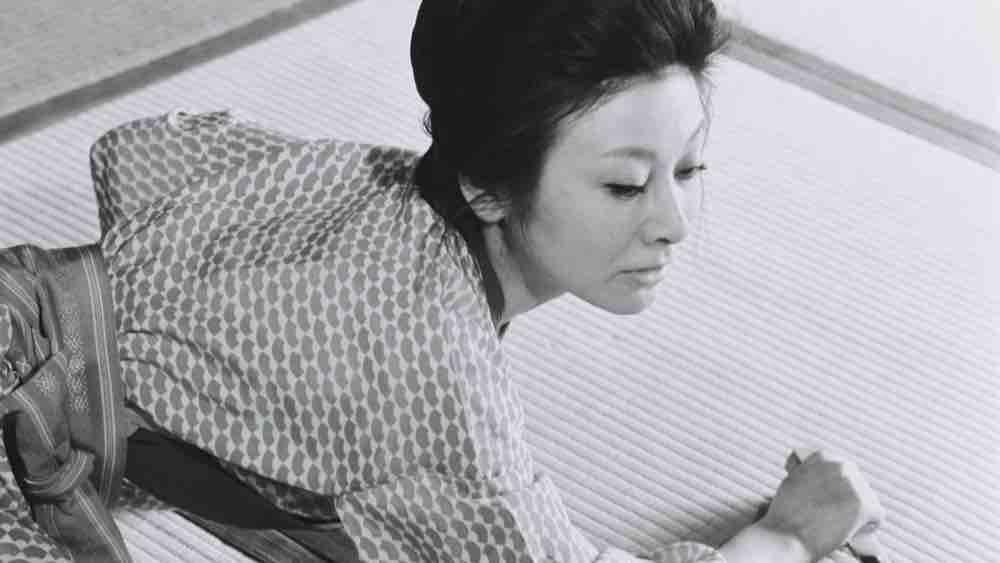
Japanese New Wave cinema of the 1960s saw the rise of many radical and avant-garde filmmakers. One such important yet under-appreciated filmmaker of the era was Yoshishige Yoshida. Yoshida’s works remain highly complex – from both structural and thematic standpoint. He embraced a lot of avant-garde visual techniques.
His narratives could be better understood with some familiarity in Japanese political and cultural history. Eros + Massacre is arguably his best. It offers a fascinating portrait of Taisho-era (1912-1926) anarchists Sakae Osugi and Itō Noe. They are assassinated by the military police in what’s known as Amakasu Incident.
The lives of the anarchists are seen through the perspective of two Tokyo students who are doing a research project on the anarchists’ assassination. Yoshida’s original cut of the film was 216 minutes. It offers a visually immersive experience though the historical events and Yoshida’s surreal treatment at certain moments can distance some viewers. Some of Yoshida’s formal strategies still remain radical and very unique.
12. The Yakuza Papers Film Series (1973-1974)
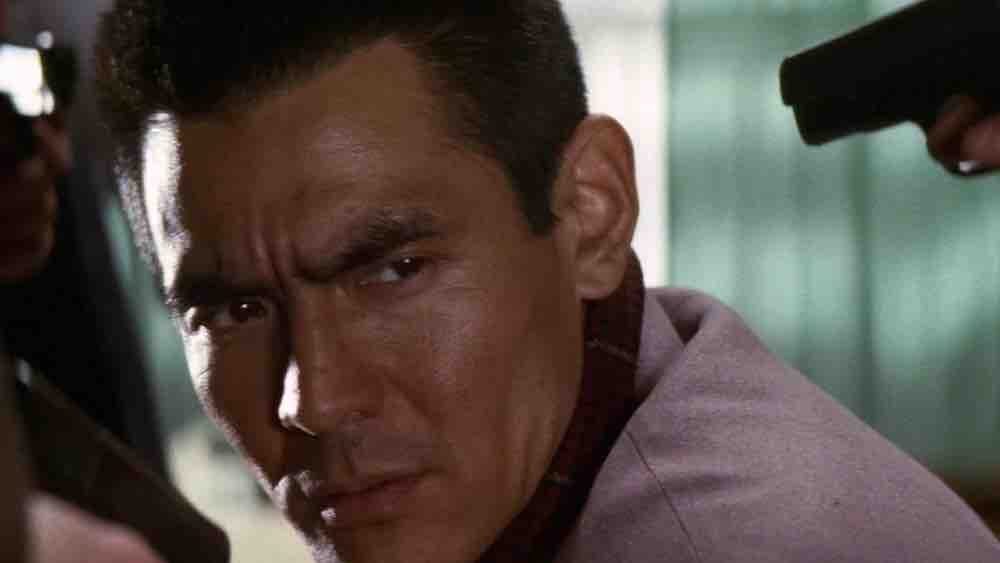
Kinji Fukasaku is the master of nihilistic crime dramas. Modern cult cinema fans might know him through the ultra-violent drama Battle Royale (2000). But long before that, he revolutionized the yakuza (gangster) genre with his gang warfare classic Battles Without Honor and Humanity (1973). It was the first of the five-film series that traced the internecine conflicts between Hiroshima gangs from the post-world war Japan to the 1970s Japan. Fukasaku’s movies open on the ruins of atomic war and explore the path of violence that eventually shaped Japan’s rise as a strong modern economic force.
The Yakuza Papers films combined run for around seven hours, and feature a lot of blood-letting, double crossings and intriguing alliances. These films were said to have broken the romantic notions of loyalty and honor which previous era yakuza genre movies held onto. Though the violence sequences are deliberately tacky and unrealistic, a lot of gang feud stories portrayed here are reported to be true. Moreover, Kinji Fukasaku’s works are admired by filmmakers including William Friedkin, Quentin Tarantino, and Takashi Miike.
13. Suspiria (1977)
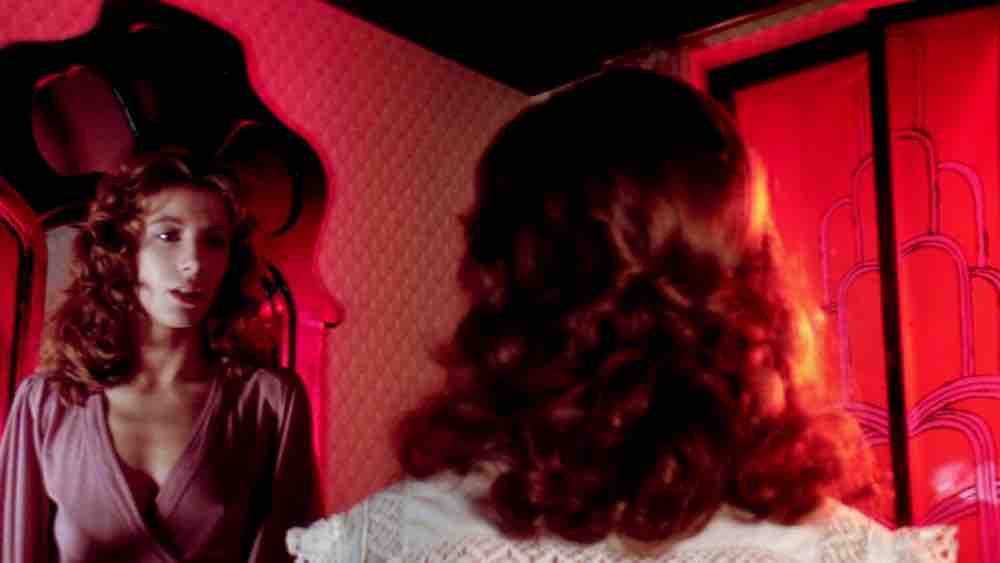
Giallo was a hyper-stylized Italian exploitation cinema, predominantly made during the 1970s. The word ‘giallo’ translates to ‘yellow’, and it refers to pulpy and cheap paperback crime novels. Masked killers, sexual themes, gory murders, and mental health issues were a large part of these sub-genre films. However, from an aesthetic standpoint, giallo films offer some of the most visually striking horror cinema. One such highly celebrated movie of the giallo era was Dario Argento’s Suspiria.
Featuring an iconic score by Goblin, the narrative revolves around an American ballet student named Suzy. She enlists herself into a prestigious German dance academy, where nothing seems right. As one could anticipate from a giallo, the plot is secondary. Argento gives us a visual feast, further elevated by an enjoyably over-the-top production design. Suspiria is not a very scary movie. But it immerses us into its painstakingly created atmosphere. In fact, the techniques and the imagery perfectly distract us from the incoherent story.
14. When the Wind Blows (1986)
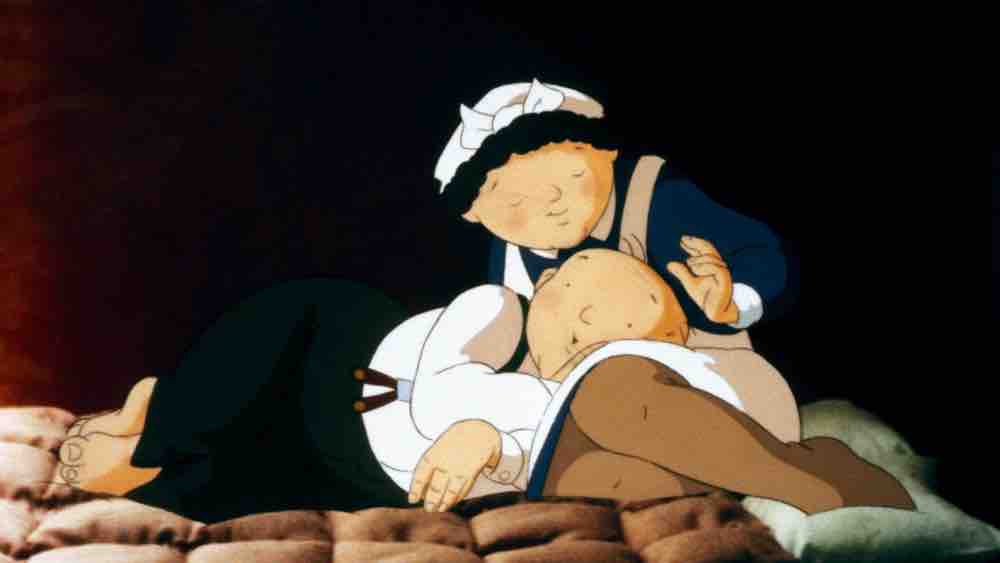
Jimmy Murakami’s When the Wind Blows is based on Raymond Briggs’ poignant and disturbing graphic novel. At the height of the Cold War, the threat of nuclear attack was sharply felt in the USA and its NATO allies. The resulting paranoia and fear over nuclear holocaust has been captured in several films including Peter Watkins’ faux-documentary The War Game (1965) and Kubrick’s brilliantly satire Dr. Strangelove. When the Wind Blows piercingly looks at the possibility of a nuclear holocaust from the point of view of an ordinary old English couple.
Animation is often thought of as only for children, but Murakami’s adaptation proves that simple animation can explore haunting subjects. The film’s initial portions show the couple, Jim and Ethel preparing themselves to survive a nuclear attack. There’s some dark comedy in these sections. But once the bomb is dropped, the government’s pointless instructions and the couple’s cluelessness deeply distress us. It effectively emphasizes that nuclear war would mean the end of humanity.
15. Santa Sangre (1989)
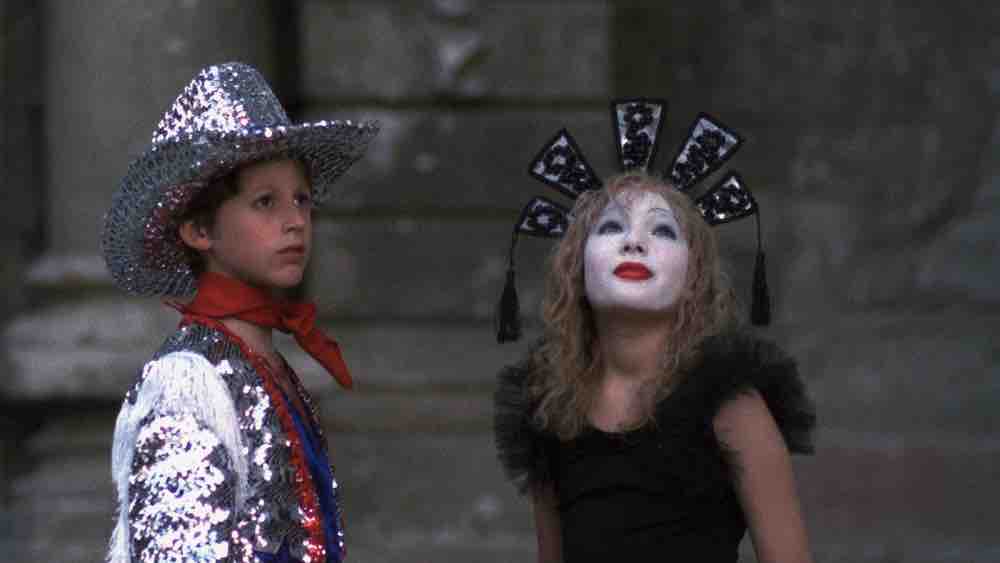
Controversial Chilean filmmaker Alejandro Jodorowsky became prominent in the 1970s after his psychedelic Western El Topo (1970) and surrealistic religious satire Holy Mountain (1973) became huge hits in the European underground film circuit. He tried to follow it up with an adaptation of Frank Herbert’s Dune. When that didn’t take off, Jodorowsky took a break from filmmaking and became a comic-book writer.
But in 1989 he made an intense and idiosyncratic feature called Santa Sangre. It didn’t have a conventional plot, like his previous films. He simply attempts to create indelible images that speak to our subconscious.
The thin storyline revolves around Fenix. The film’s two distinct halves deal with Fenix’s childhood and adulthood. Santa Sangre which is largely filled with strangely gorgeous set-pieces and endlessly intriguing themes.
16. Distant Voices, Still Voices (1989)
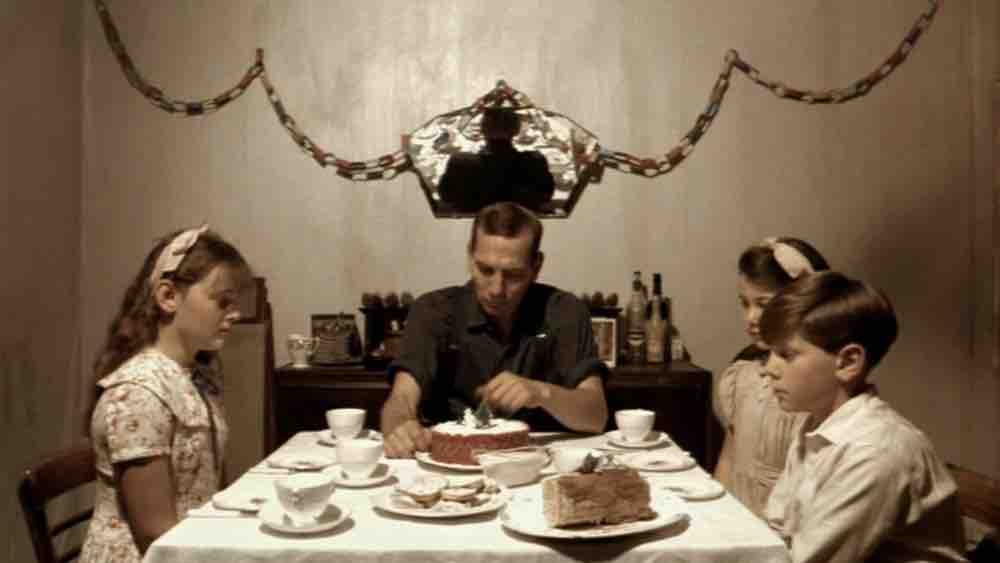
Though British critics claim that Terrence Davies is the greatest English filmmaker, his works aren’t known outside of Britain, as much as Ken Loach or Mike Leigh. His films can be broadly categorized into two. Semi-autobiographical features and literary adaptations like The House of Mirth (2000) and Sunset Song (2015). Distant Voices, Still Voices and The Long Day Closes (1992) are his early evocative autobiographical masterpieces. They revolve around working-class families and forgo traditional dramatic structure for a rich character-centric narrative.
Distant Voices, Still Voices chronicles the memories of a Liverpool family in the 1940s and 1950s. The first-half revolves around the family’s violent and abusive dad. In the second, things get livelier and there’s newfound hope for the family. Davies keeps everything emotionally charged steering clear of melodrama.
Conclusion
These are some of the best movies on Tubi TV. If you’re done with these, check out The Crying Game (1992), Hunt for the Wilderpeople (2016), The Point (1971). Tubi also has some great documentaries including Blackfish (2013), RBG (2018), The Dissident (2020), and Oscar-winning The Long Way Home (1997).

